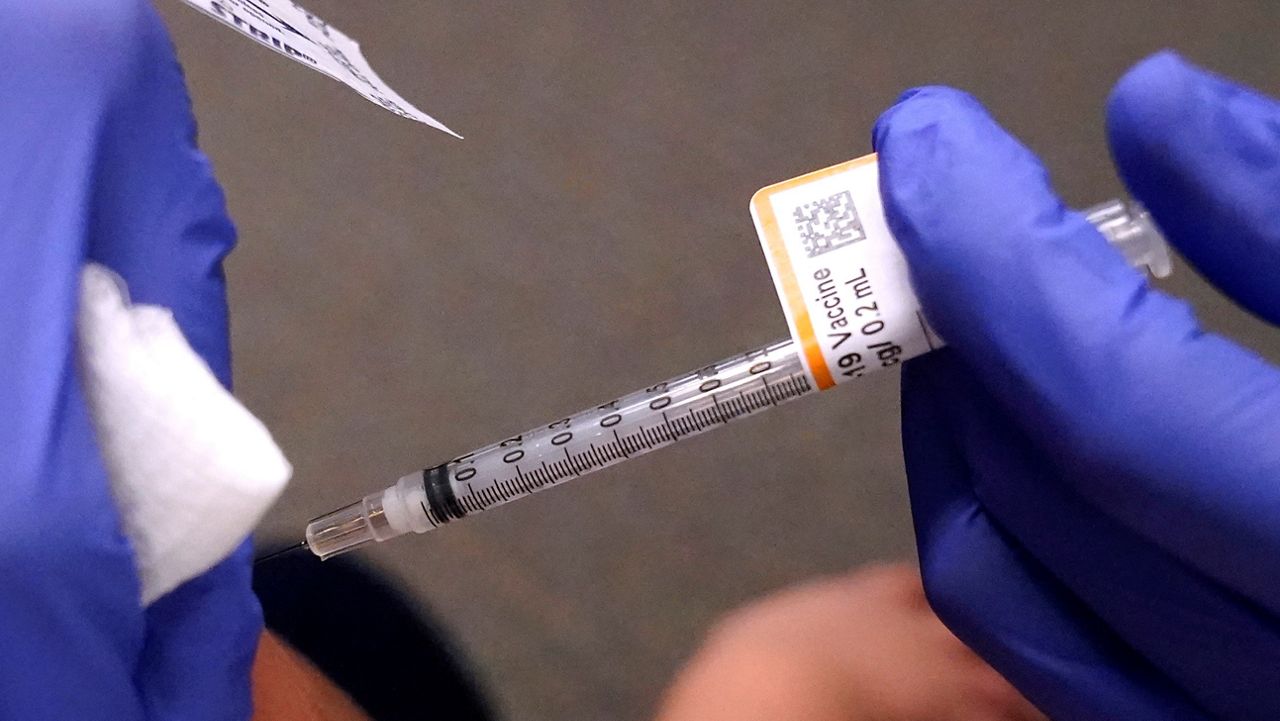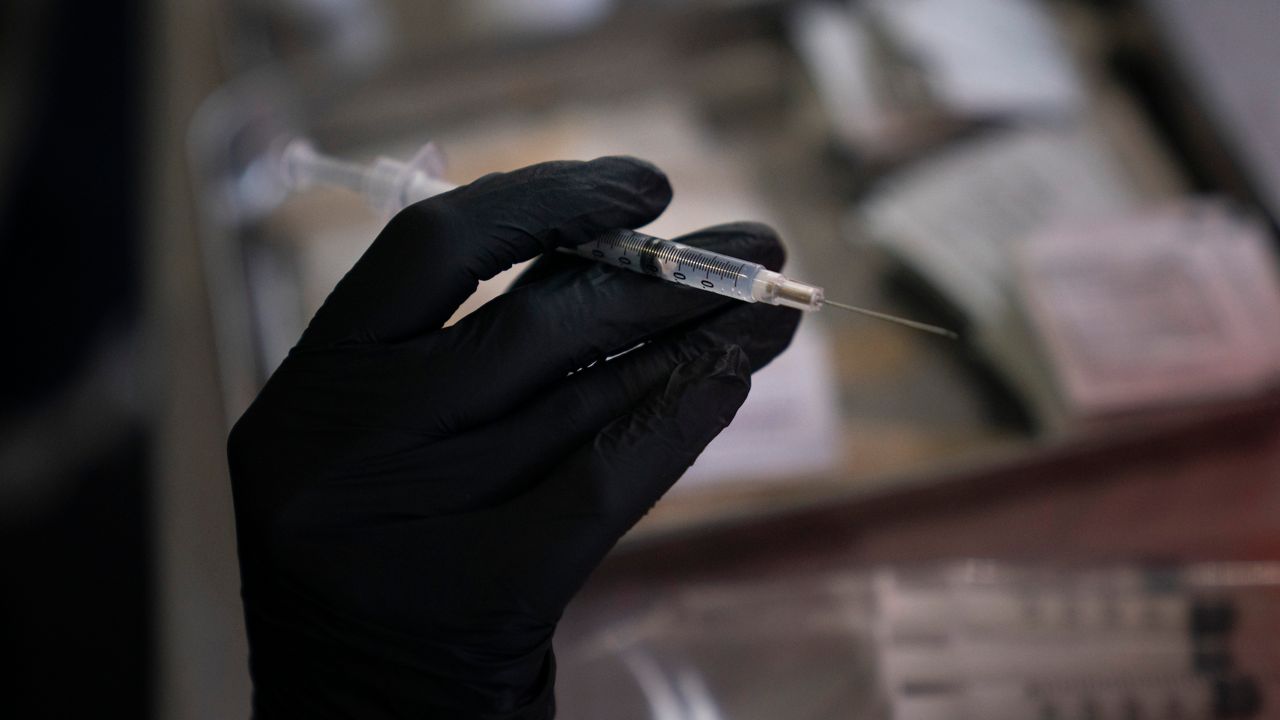RALEIGH, N.C. — Many people complain they can’t breathe when wearing a mask, but that isn’t actually the case.
I sat down with Physician Assistant, Miguel Pineiro, of FamHealth Primary Care in Raleigh, who tested my oxygen levels with an oximeter while wearing three different types of masks - a surgical mask, cloth mask, and an N-95.
First off, what is a pulse oximeter?
It is an electronic device that clips onto a patient’s finger to measure their heart rate and the oxygen saturation in their blood cells. Pulse oximeters started to fly off the shelves and sell out online when people learned that low oxygen saturation levels can be a sign of COVID-19.
To begin the experiment, we tested my oxygen level mask-free, which came out to 99 percent.
“So normally you should be between 96 to 100 percent. The American Heart Association says anybody under 94 percent needs oxygen,” Pineiro says.
After putting on the surgical mask and waiting a few minutes, my oxygen levels remained the same at 99 percent. Next, I swapped the surgical mask for a standard cloth mask and my oxygen level jumped one point to 100 percent.
Then, it was time for the most heavy duty mask of the three, the N-95. My oxygen level decreased by just one point, dropping back down to 99 percent.
But if our oxygen levels aren’t actually impacted by masks, why do many people feel like they are?
“Your body's designed to love oxygen. The cells that go in your lungs, they just suck up oxygen like it's nothing. Society in general is anxious about what's going on, and wearing a mask sort of heightens that sense of anxiety in the population right now, so it's a common complaint,” Pineiro says.
While wearing masks are uncomfortable, especially in the summer heat, at least we can feel better knowing they don't actually impact our oxygen intake.









